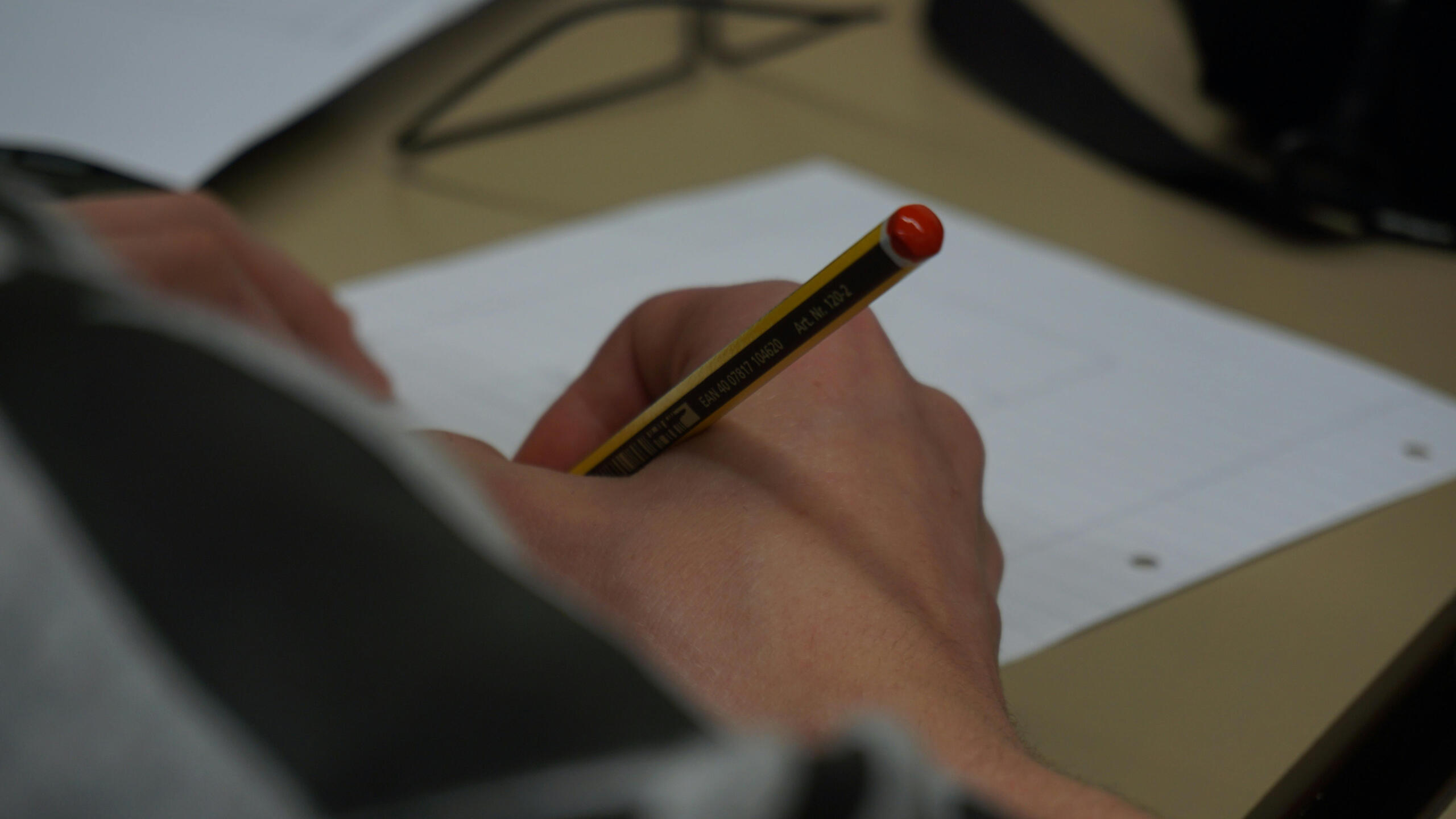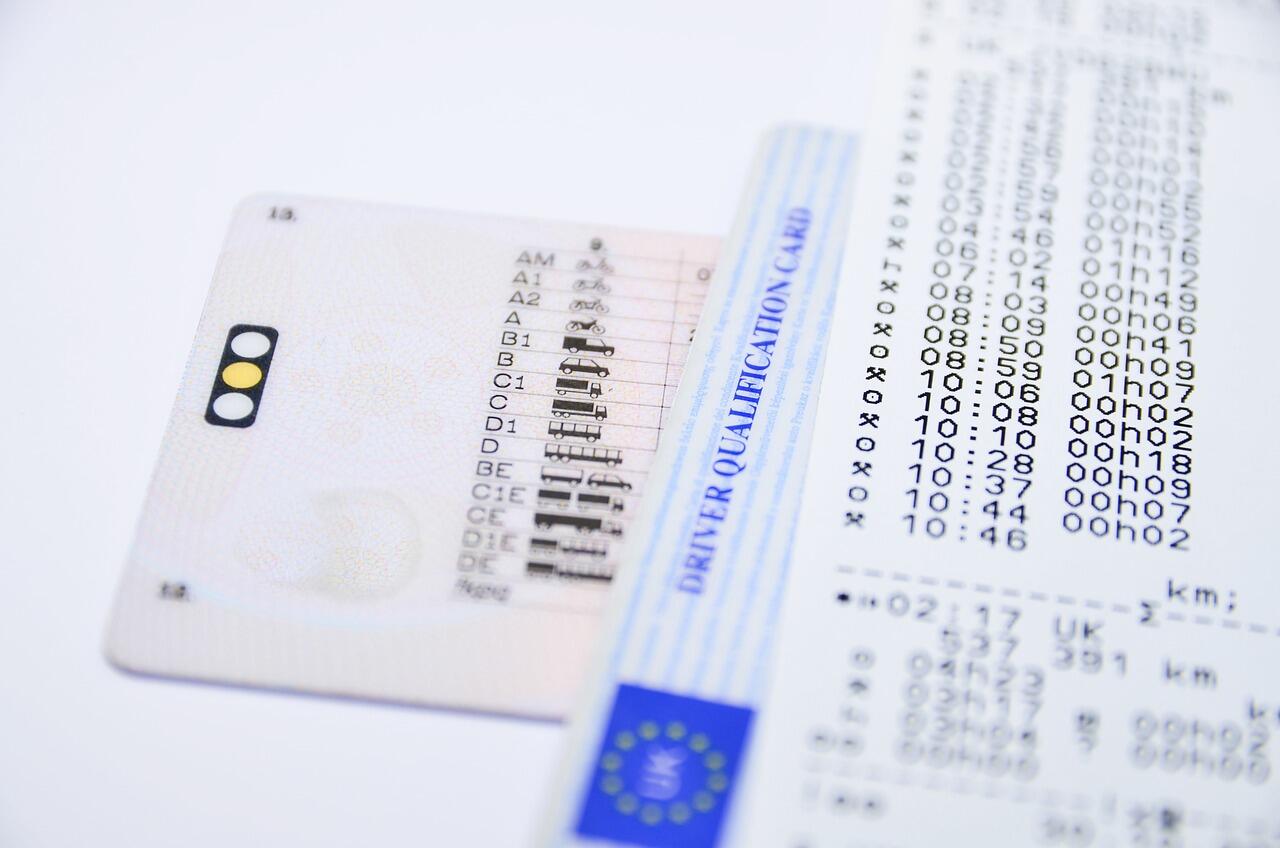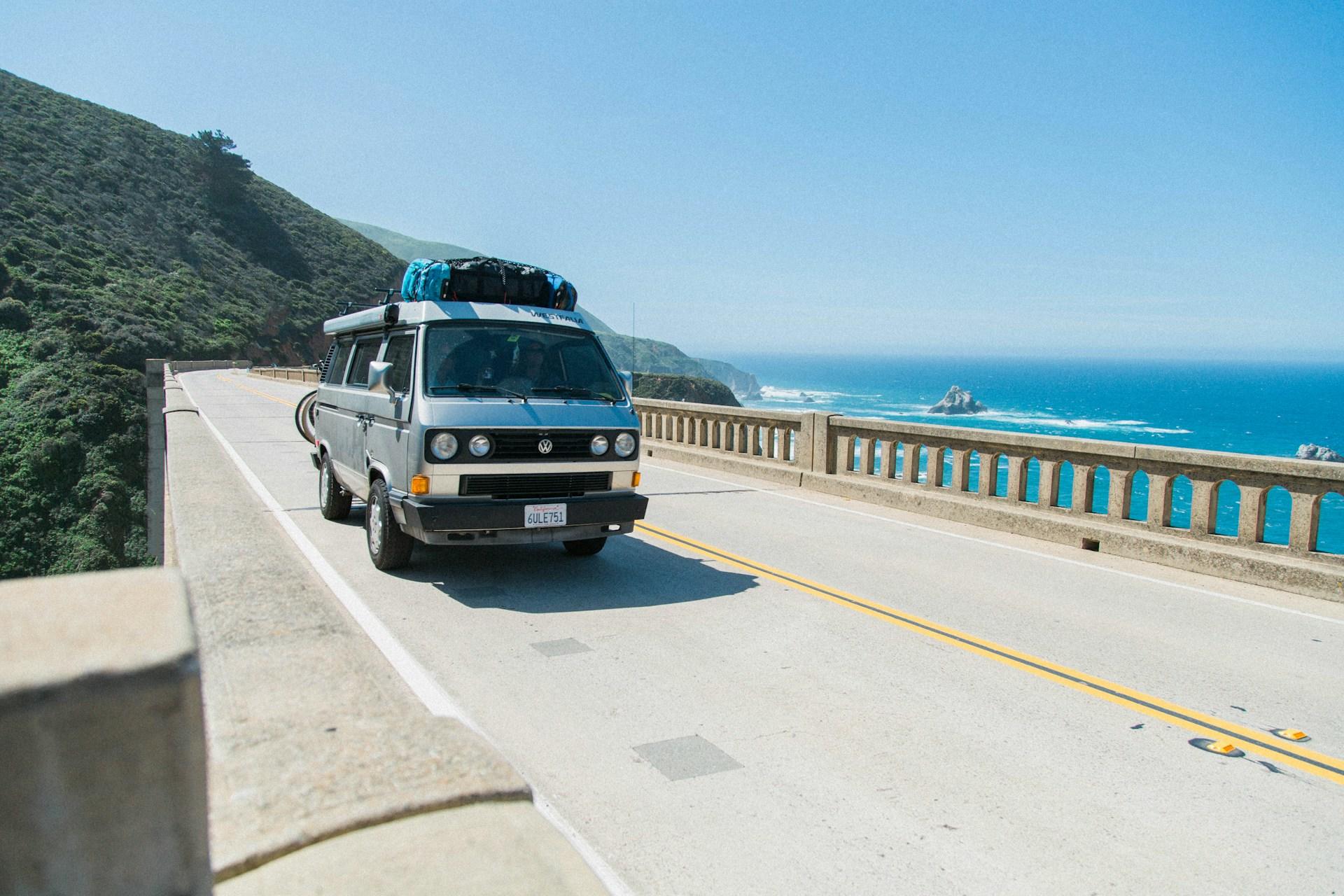If, when you close your eyes, you find yourself imagining yourself cruising on a highway on a motorbike, feeling a sense of freedom and the wind in your hair, then perhaps it's time to get yourself a license. Would you believe that there are actually more than 8 million motorcycles registered in the United States? If you plan on adding to this number and getting a license of your own, you will need to learn to navigate permit tests and training requirements, along with the different state regulations. You’ve come to the right place if you're looking to get your two wheels set up on the road. In this guide, we’ll unpack everything you need to know about earning your motorcycle license.

Understanding Motorcycle License Requirements
The first step to getting your licence is about understanding where exactly it is that you stand. You need to have a look at the license requirements and see if you meet the criteria and what work needs to be done in order to tick the remaining boxes.

Seeing as there is some discrepancy in the regulations between some states across the country, let’s look at some simple requirements that apply in most states. Most states set the minimum age between 16 and 18 years old.
If you or the person you are applying for is under the age of 18, then they are going to need to have signed parental consent and must meet additional conditions before they can continue taking steps towards getting their license. The majority of states also offer two options when it comes to becoming an eligible driver in the eyes of the law. The first option is to have motorcycle driving added to your existing driver's license, while the second is to get a dedicated motorcycle license.

The first hurdle from here comes from the verification process you’ll need to go through at your local DMV.
You’ll have to verify you are who you say you are by providing them with your current driver's license, passport, or birth certificate.
Be warned that some states may also go a step further and require you to provide your fingerprints for added security.
The next requirement is where the variation begins to take effect across different states. It revolves around the amount of driving experience required before you can become fully licenced. In California, for example, riders under 21 have to get a motorcycle learner's permit and keep it for six months. On the other hand, other states, such as Nevada, make things easier by accepting motorcycle endorsements and Class M licenses from other states for new residents.
Although motorcycle licensing regulations vary by state, all states require a motorcycle license endorsement to supplement an automobile driver's license. In most states, drivers need to pass written and on-cycle skills tests and in some states a state-sponsored education course is required.
If you find yourself in Washington, then the requirements will also extend to the need for young riders, not meeting the minimum age requirement (under the age of 18), to complete an approved motorcycle safety course. So, we can already see how there are a number of fundamental requirements across the board; you’ll need to do your homework to see if there are any additional boxes to be ticked in the state you reside in. Your state's Department of Motor Vehicles (DMV) has detailed guidelines about everything motorcycle-related. On top of that, it's a great place to check your local requirements for non-commercial driver's licenses, and it's a great place to check your local requirements for just about anything related to license classes.
Obtaining Your Motorcycle Permit
If you look back on any test you’ve completed over the course of your life, it was made a lot easier given the appropriate preparation, right? In order to eliminate any unnecessary pressure and maximize your chances of getting on the road ASAP, it’s important that you have a good understanding of the testing process. The written test includes 25-50 multiple-choice questions that test your knowledge of road rules and safe motorcycle operations.
Don’t be fooled by thinking the pass rate you’ll have grown familiar with at school or college will get you through the assessment. You'll actually need to score at least 80% on the theory test to pass. So, it's safe to say that you don’t have much room for error at all. The same can be said when on the road, so you can bet that it’s intentional! In order to obtain your license and pass the test, you’ll need to cover theory from both the motorcycle operator manual and the standard driver's handbook.

Make sure to study smart as well as hard. Covering topics that are commonly assessed will give you the required understanding of the rules of the road and have you pass the exam with flying colors. So, make sure to pay particular attention to topics like cornering techniques, decision-making skills, and hazard management to work well. Practice tests are going to be your best friend if you want to become confident in your ability to hit that 80% pass rate. Once you’ve been successful in the motorcycle theory test, you’ll have your driving permit.
This isn’t a full license, as it comes with a number of restrictions. For starters, you won’t be able to carry passengers, ride on freeways, or use your motorcycle between dusk and dawn. These rules are in place to help you focus on building your skills without extra complications or risks. This phase plays a significant role in developing your riding abilities under the surveillance of a supervising rider.
Your supervising rider must be at least 21 years old, have a valid non-commercial license, and stay within a quarter-mile of you. Most states suggest at least 30 hours of practice riding, with 10 hours minimum in moderate to heavy traffic.
You should keep visual contact with your supervisor during practice sessions and review your performance afterwards to build your skills. You also will want to keep an eye on the validity of your permit once you’ve got it, as depending on where you’re situated, it will remain valid for 6-12 months.

Completing Required Training
The next step you’ll need to go through with your newly acquired permit is completing the required training. The Motorcycle Safety Foundation (MSF) Basic RiderCourse stands as the gold standard for new rider education. The course offers a complete program that has about five hours of classroom learning and 10 hours of hands-on motorcycle training over two days. You'll become skilled at essential techniques, from simple controls to emergency manoeuvres with certified instructors guiding you.
Basic Rider Course Options
Another option that you’ll have at your disposal is the Basic Rider Course. This course gives you everything needed to get started with a motorcycle. You’ll have an MSF-certified RiderCoach guiding you through all of the fundamental skills like straight-line riding, stopping, shifting, and turning.
When you’re on the lookout for courses that will best prepare you to drive on the roads, you should also look out for how they teach more complex techniques like swerving and emergency braking. By taking the Basic RiderCourse you’ll have all the driving skills you need, and it will even exempt you from having to take the driving test in a number of states.
Private Instruction Programs
You may also be drawn to the idea of availing of some private instruction to get a customized approach that has been tailored to your needs. The Motorcycle Safety Foundation (MSF) website should be your first stop when it comes to arming yourself with the necessary material for your training. Their website has plenty of resources, including the Basic eCourse that teaches motorcycle controls and road rules. Your local Department of Motor Vehicles (DMV) provides another great resource for study materials that can save you the cost of a motorcycle license.
From here, you could reach out to one of the many driving tutors on Superprof and get started practicing through some one-on-one sessions. With private instruction, you can work through the associated material alongside a seasoned driving instructor and develop a strong understanding from the outset.

Working Towards Your Motorcycle License
Breaking down the process of getting your motorcycle license into manageable steps makes it a lot more achievable. Get the easiest step out of the way by making sure you’ve got all of the preliminary requirements and documentation in order, and move on to the permit testing and practice riding from there.
Remember, this isn’t something that you’re going to work through overnight or even over a couple of weeks, for that matter. Most riders take about two months before they feel confident on public roads. Riding down highways with ease usually comes at the three to four-month mark. Hopefully, after your reading, you will find yourself with a more vivid understanding of the steps that are standing in the way of you and the road. Navigating the process and adding your motorcycle driver's license to your wallet is a more than manageable process with the above considerations in mind.




















